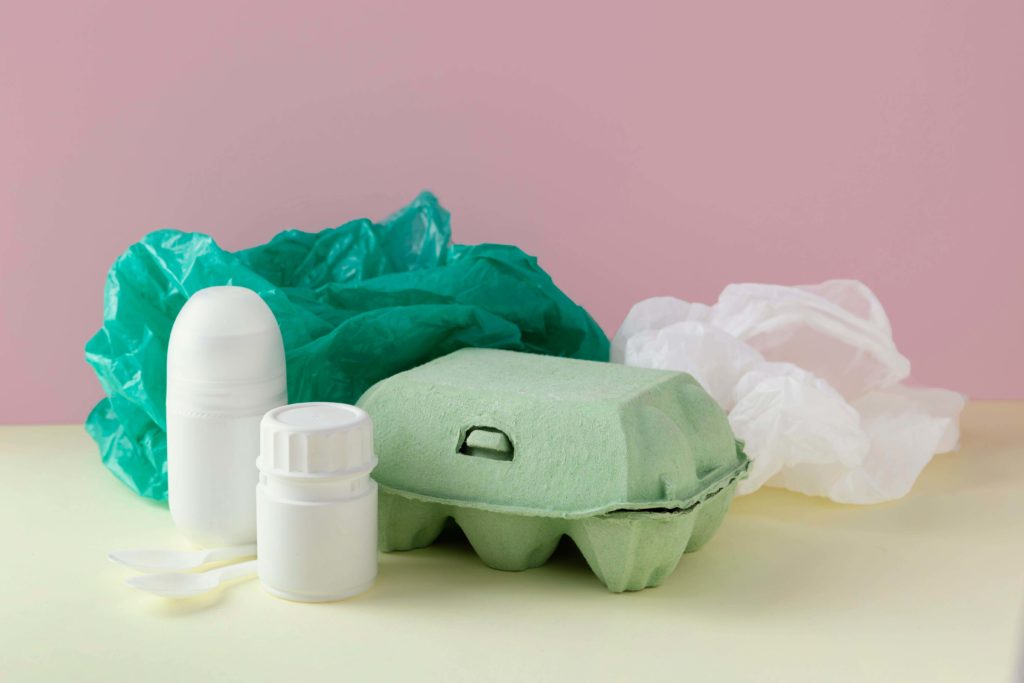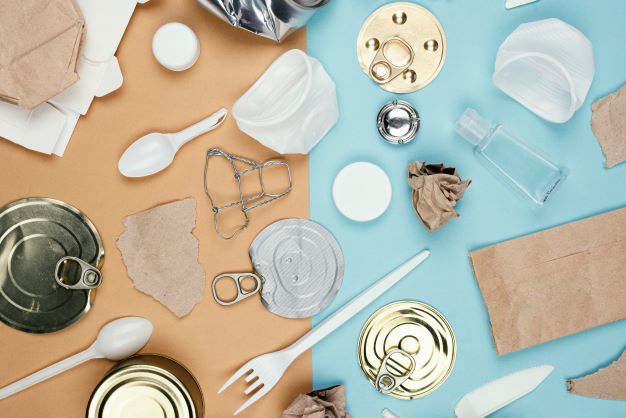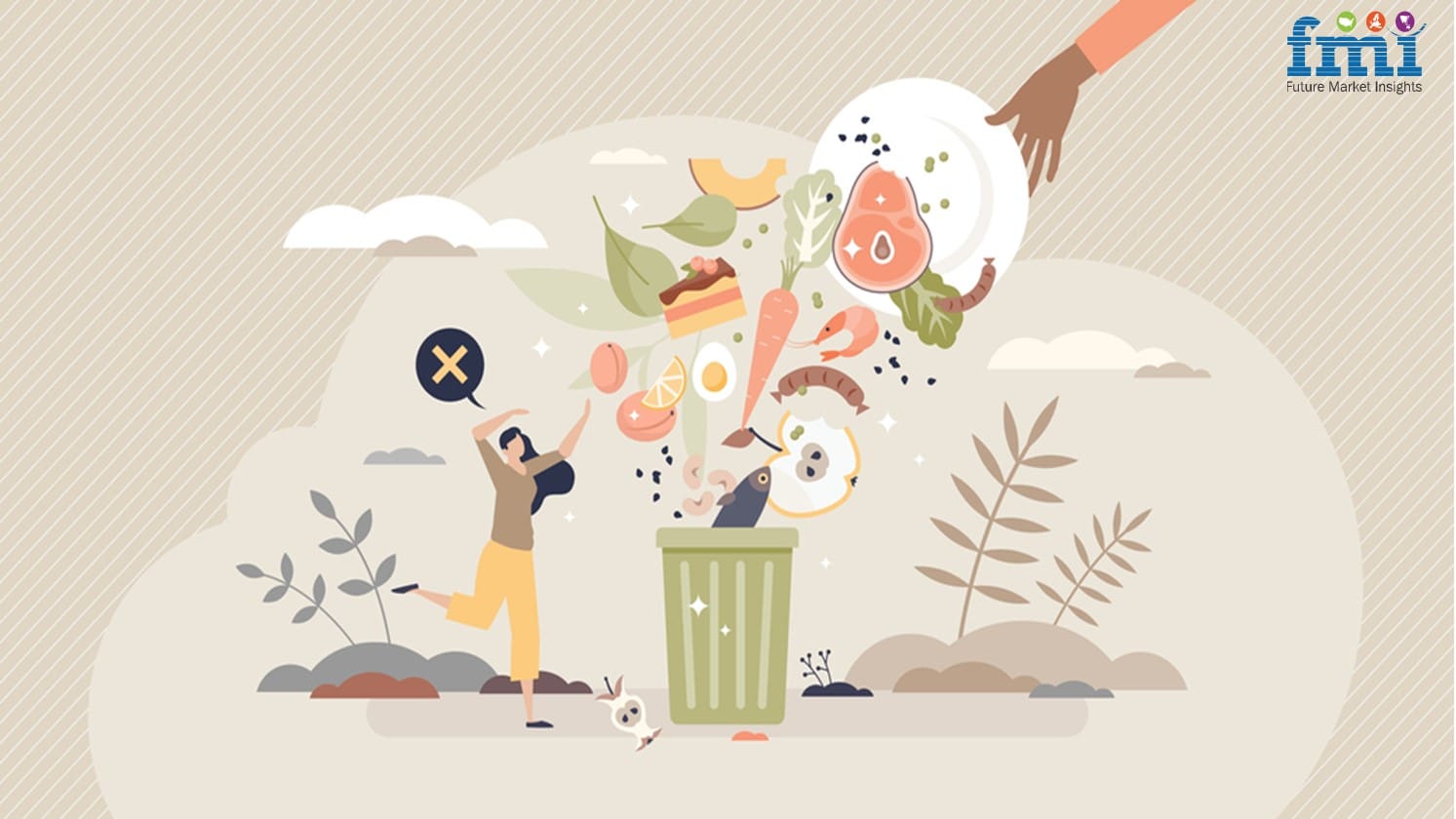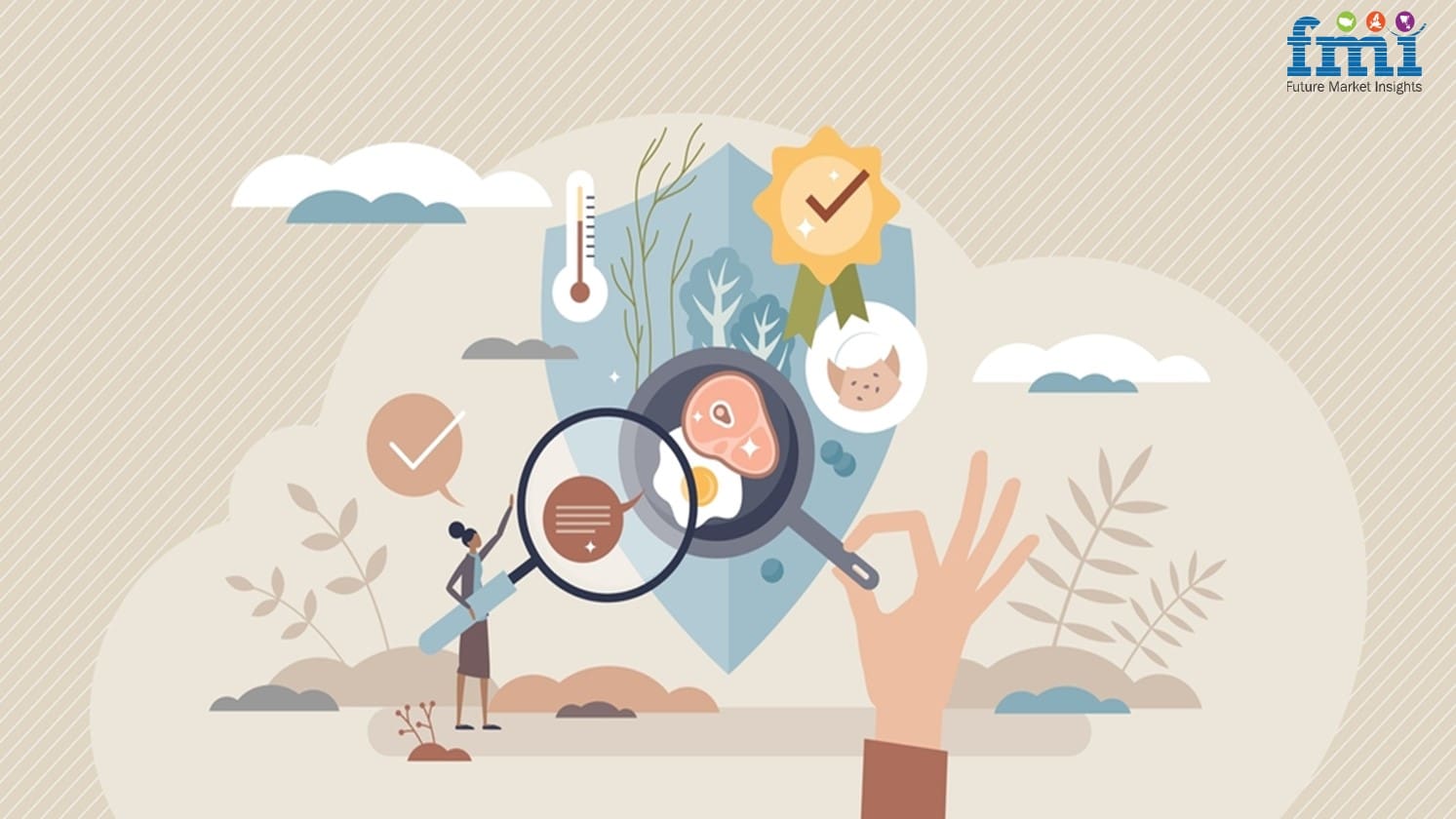Never again without sustainable packaging. Companies are moving on tiptoe through this Copernican revolution, which will clearly call for a period of careful and deliberated transition as well as planning aimed at ensuring cost control, effectiveness, and results

What are companies doing to respond to the increasingly pressing consumer demand for green packaging? What elective choices are there? Which areas are holding them back due to excessive costs and limited availability of materials? A Paris survey of exhibitors at the All4Pack trade fair tried to answer these questions. The responses suggested that the evolution towards environmentally friendly packaging is a need that is shared in principle, but not always so easy to apply in practice.
Regardless, there is a real revolution underway, dictated by the fact that as much as 88% of all packaging industry companies have deemed it a priority to use more environmentally friendly packaging in view of certain considerations.
The first factor concerns the expectations of consumers, who are by now better “educated”, also because of waste separation, on how to pay special attention to recyclability and sustainability of containers, which once taken off the shelf become an issue all on their own, especially as regards transport and disposal once they become waste.
One fact that everyone should think about: 65% of food-related waste comes from packaging, which translates into “work” for the consumer, not to mention for the environment. Another significant point is the undisputed advantage in terms of brand image.
Brands that are known for being green, inclusive, sustainable and those that in general demonstrate a certain attention to intangible values shared by buyers, can vaunt a better image and reputation in the market than their competitors.
Finally, the wishes of senior management, especially in larger businesses, tend to push for greater focus on sustainability in packaging, also made necessary by changes in legislation, which orients companies with a relative weight of around 49%.


Obstacles to going green On paper, we all agree. Ecological packaging is so appealing and convincing, that it seems to have become a necessary choice. But what about in practice? Paper and cardboard (77%) and plastic (73%) are still the main materials used for packaging. This is where those inevitable limitations arise, firstly due the cost of using environmentally friendly materials (63%) followed closely by their availability (43%) and their quality (37%).
These obstacles are more prevalent among user industries than among suppliers.
As far as the suppliers are concerned, the investment required to use these materials is the third most cited obstacle (29%), especially for companies with 50 employees or more. This because we know that changing materials entails significant transformations at the production level and often throughout the entire organisation in general.
This gap between desire and reality has been reinforced by the fact that the new materials, particularly biomaterials, are still to be fully understood and included in production processes (their use today stands at around 18%).
This is despite the certainty that they will be considered a favourable opportunity for the very near future, together with greater use of paper and cardboard, which makes it possible, due to their low costs and long tradition, to limit the use of plastics, currently considered the real enemy of sustainability (for some companies the idea is to eliminate plastics completely). Glass, on the other hand, is still the go-to material especially for use in the food industry whilst being highly appreciated by the cosmetics industry.
Materials between novelties and reconfirmations
As mentioned above, biomaterials are not currently used to any great extent, whilst paper and cardboard, followed by plastic, seem to still take the biggest slice of the pie. On the supply side, there is still a rather small number of packaging manufacturers that use biomaterials (22.9%), with respect to suppliers of plastic packaging (69.9%) and paper and cardboard packaging (62.7%).

It goes without saying, however, that a different scenario seems to be emerging for the immediate future. Indeed, the expectation is that over the next two years many user industries will significantly reduce their use of plastics (34%) whilst, at the same time, the use of biomaterials is expected to see strong growth, especially in the food sector.
We are facing major changes, dictated by new regulations, shrewd and informed consumers, and a focus by businesses that, if well directed, can make a difference at the purchasing stage.




